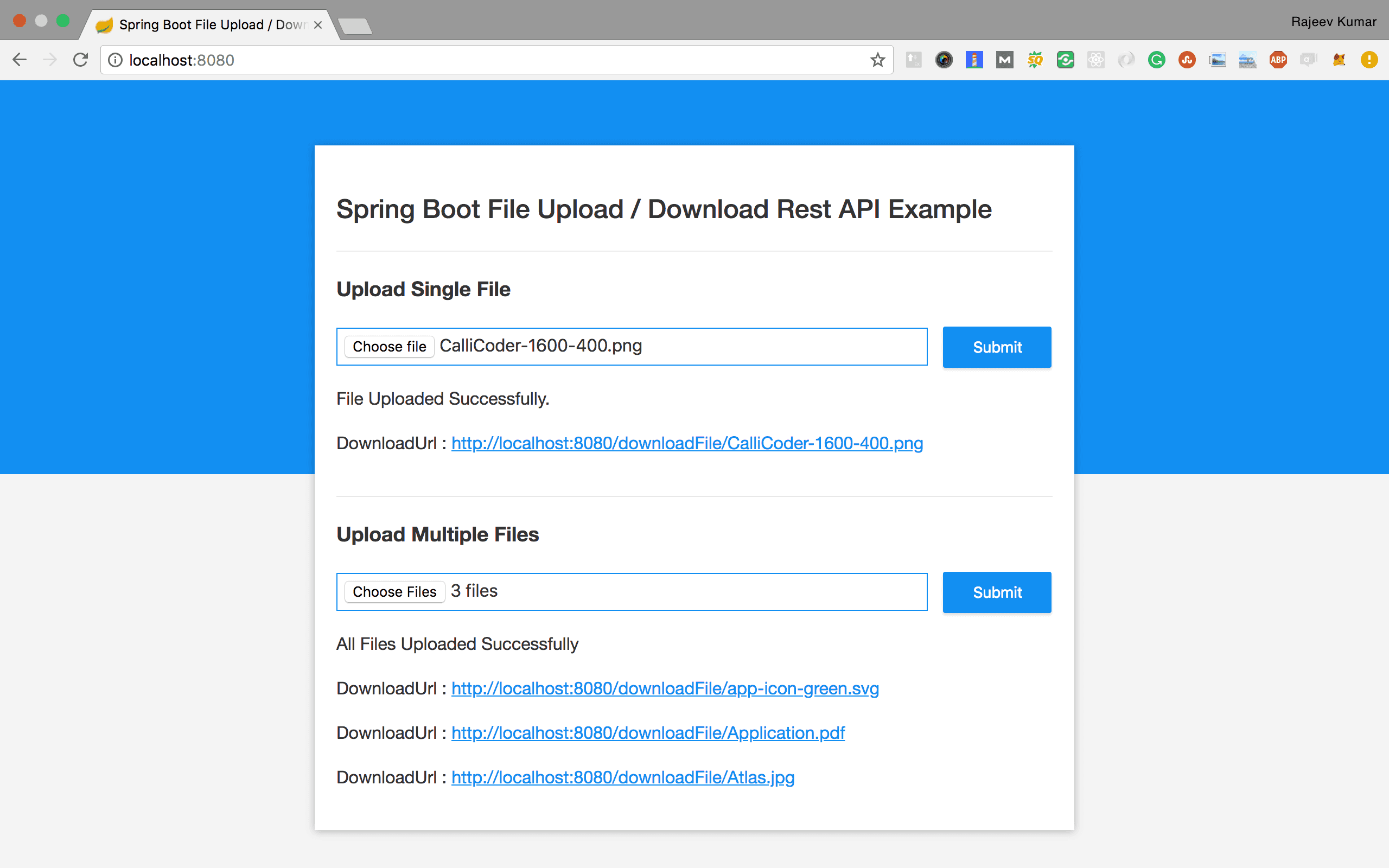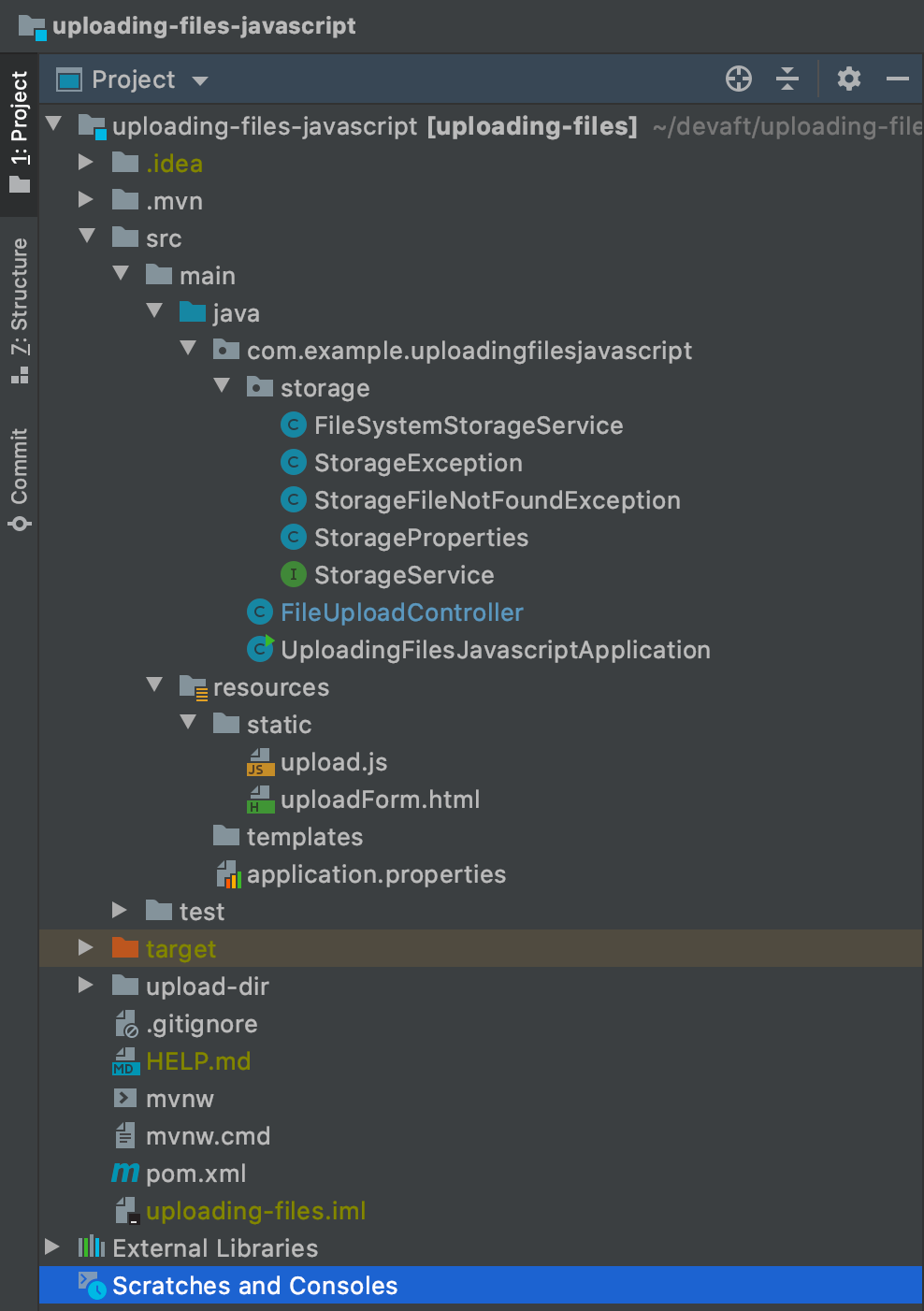

It is difficult to achieve the level of security that commercial software or a file upload service can provide - file upload functionality can make your apps vulnerable to serious threat vectors such as local file inclusion (LFI). The disadvantages are that a file upload script needs to be maintained and updated over time, requiring additional time and resources. You can ensure integration with your company's existing tools and processes, and best of all, there is no fee for software or storage services. You have full control over the upload process, user options, and security measures. The advantages of scripting are that you can develop a solution customized to your specific needs and customize the solution on an ongoing basis. Here are the pros and cons of scripting a file upload yourself. If your application allows users to upload files, you have two options-developing file uploading functionality yourself or leveraging a file upload service. This is a shift from the mainstream model of running a larger, more complex process in which multiple threads run concurrently, each waiting for an appropriate response before continuing. Node clients send small requests one after the other without waiting for a response. Node.js applications are event-driven and run asynchronously - the Node server uses a constant event stack to process incoming requests. Node.js runs on a dedicated HTTP server and is designed to run single-threaded. Node is useful for developing applications that require a persistent connection from the browser to the server. You’re now all, also known as Node, is an open-source development platform for running JavaScript code on the server-side. Note: Be sure to replace the cloudName and uploadPreset values with yours from the Cloudinary dashboard. Sign up for a free Cloudinary account and log in to the dashboard, an example of which looks like this:ĭisplayed are your cloud name, API key, and API secret, which are key credentials for interacting with Cloudinary’s capabilities.Ĭreate an upload preset with which to centrally define your image-upload options instead of specifying them for each of the uploads. To integrate with the upload widget, do the following: You also receive 7,500 transformations and 5 GB net viewing bandwidth per month.

With Cloudinary’s free-tier plan, you can store up to 75,000 images and videos for a total of 2 GB. Subsequently, Cloudinary safely stores the files in the cloud with secure backups and revision history. Integration With Cloudinary’s Upload WidgetĬloudinary’s upload widget is an API for seamlessly uploading files, such as images, to the cloud.


 0 kommentar(er)
0 kommentar(er)
